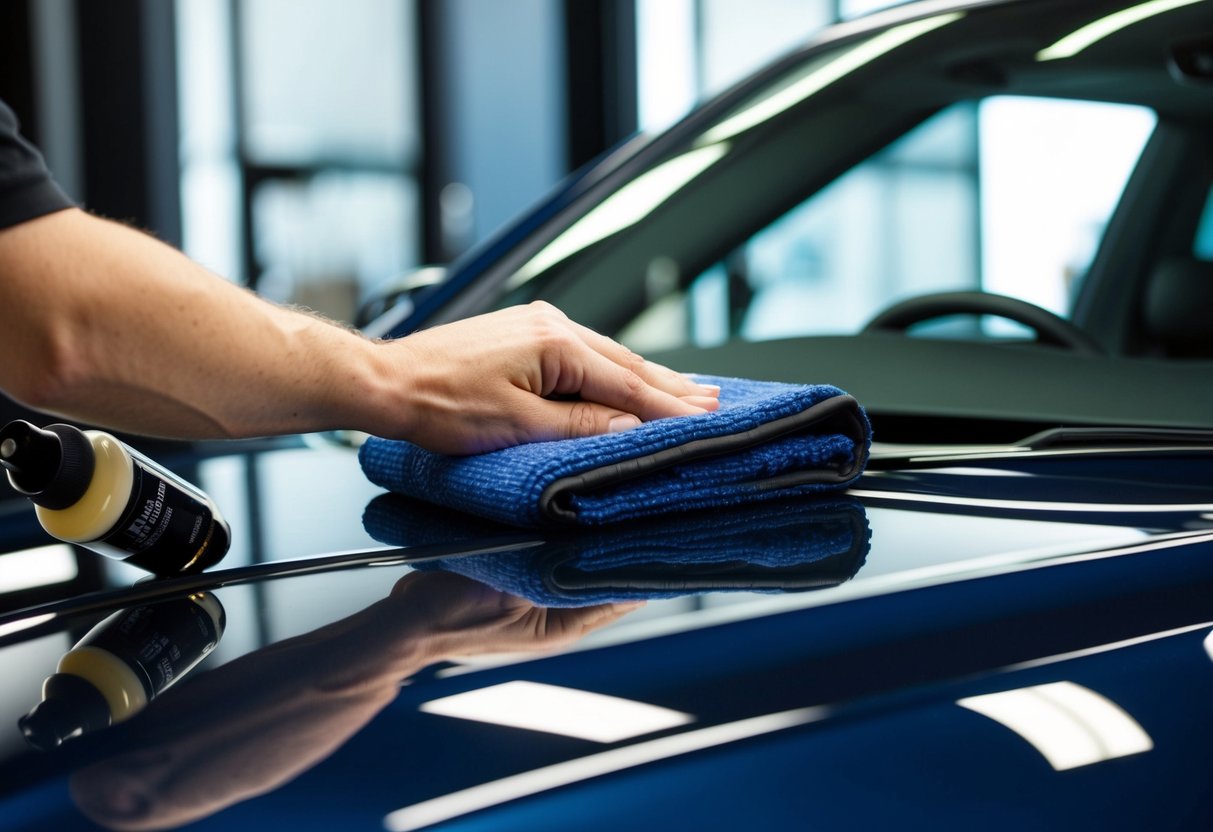
Correcting Paint Imperfections
Achieving a flawless finish requires addressing common paint issues such as swirls, scratches, oxidation, and fading. This section provides practical steps to tackle these imperfections effectively.
Removing Swirls and Scratches
Swirls and scratches often occur due to improper washing techniques or the use of abrasive materials. Start by thoroughly washing and drying the car to remove surface dirt. Use a clay bar to eliminate any remaining contaminants. For minor swirls, a mild polishing compound may suffice. Apply the compound using a dual-action polisher for even results.
For deeper scratches, consider using a more abrasive compound followed by a finer polish. Always work in small sections to ensure even correction. Remember to follow the manufacturer’s instructions for each product. After polishing, use a microfiber cloth to remove any residue and apply a quality wax to protect the paintwork.
Addressing Oxidation and Fading
Oxidation and fading are common issues, especially in older vehicles. They occur due to prolonged exposure to sunlight, rain, and pollutants. Begin by washing and drying the car. Next, use a clay bar to remove any surface contaminants. For mild oxidation, a light polish may be enough to restore the paint’s clarity.
For more severe cases, use a specialized oxidation removal compound. Apply the compound using a dual-action polisher, working in small sections. Follow up with a fine polishing compound to refine the paint surface. After correcting oxidation, apply a sealant or wax to protect against future damage. Regular maintenance can prevent oxidation from reoccurring, keeping the car’s paint looking vibrant.
Polishing for Perfection

Achieving a flawless shine requires the right tools and proper techniques. Understanding how to select the appropriate polishing tools and perform effective techniques is essential for achieving that coveted showroom gloss.
Choosing the Right Polishing Tools
Selecting the right tools is the foundation of successful polishing. A quality polishing machine, such as a dual-action polisher, is recommended for its user-friendly design. It’s particularly effective for both beginners and professionals.
Cutting pads are essential in removing imperfections from the car’s surface. Different pads have different levels of abrasiveness, so it’s important to match the pad to the job.
Products like polishes and compounds come in various grades. Finer polishes are used after more abrasive compounds to achieve a smooth finish.
Using the correct combination of polisher, pad, and compound ensures that the surface is polished effectively. Each component plays a crucial role in preparing the car’s paintwork for a showroom-worthy shine.
Techniques for Gloss Enhancement
Applying the right techniques is key for gloss enhancement. Begin by spreading a small amount of polish on the cutting pad. Turn on the polisher and gently apply it to the car’s surface, using a circular motion to cover the area evenly.
Keep the polisher moving to avoid overheating any single spot. It’s essential to maintain consistent pressure and movement, ensuring even coverage and avoiding swirl marks.
Wipe away excess polish with a clean microfiber cloth. Inspect the surface to ensure the desired level of gloss. Repeat the process if necessary, adjusting the pad and polish grade for optimal results.
Effective techniques combined with the right tools will significantly enhance the vehicle’s gloss, transforming your car into something that looks professionally detailed.